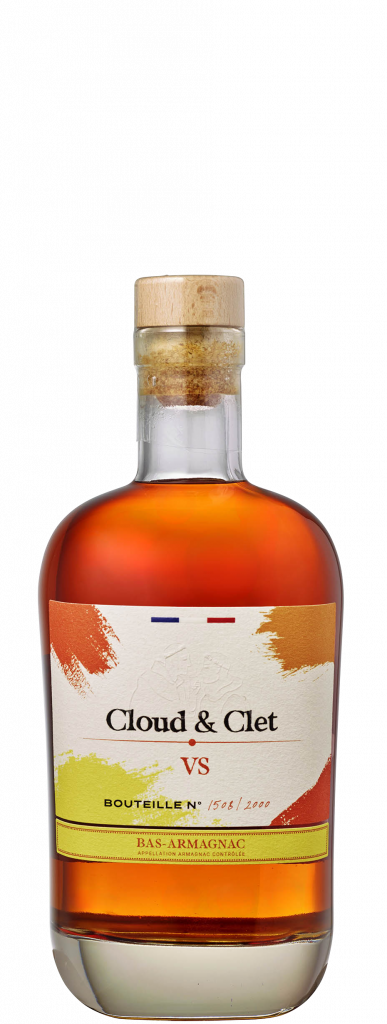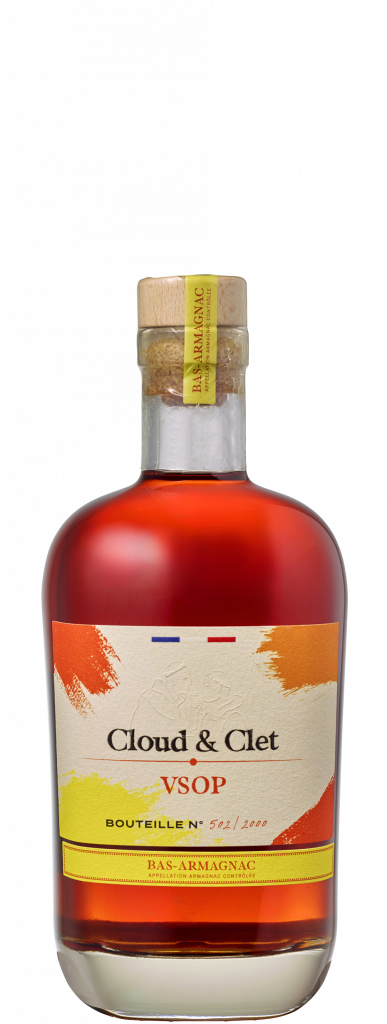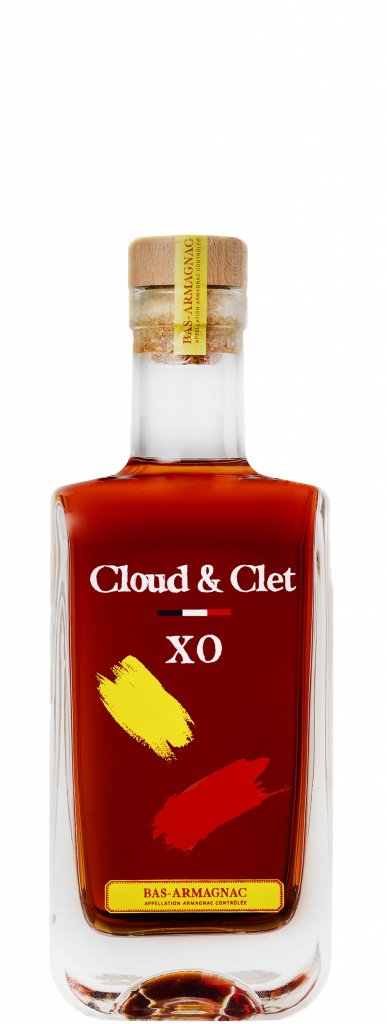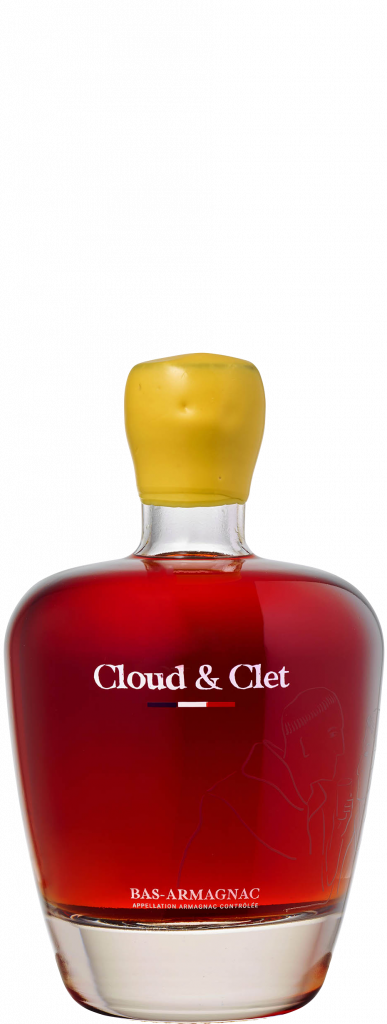The Soul of Gascony in a Bottle
A legend, a terroir, a renaissance

Armagnac. A name that breathes like a warm wind from the hills of Gascony. It embodies history, a living terroir, and ancestral savoir-faire. The very first spirit of France—long before Cognac—Armagnac is a wine eau-de-vie rich in nuance, character, and aroma. For centuries it remained in the shadows of its more publicized cousin, but today it returns to the spotlight, carried by passionate producers, curious sommeliers, and enlightened enthusiasts seeking authenticity.
But how much do we really know about Armagnac? What makes it unique, where does it come from, and why does Bas-Armagnac, in particular, yield eaux-de-vie of such rare finesse?
An Ancient Origin, a Living Craft
A Region, Three Terroirs
The Armagnac appellation is divided into three great terroirs, each with its own identity:
- Bas-Armagnac: the western zone, considered the “premier cru” of the appellation. Its sandy, siliceous soils—called sables fauves—yield eaux-de-vie of elegance, fruit, and aromatic finesse. This is where the most balanced and coveted Armagnacs are born. Cloud & Clet’s vineyards are located in the heart of Grand Bas-Armagnac, a prestigious land renowned for producing the finest Armagnacs: characterful, elegant, and profound.
- La Ténarèze: in the center, clay-limestone soils produce more powerful, structured Armagnacs. Robust in their youth, they often require aging or are used for blending. Their tannic profile can suit certain styles but may lack aromatic subtlety in the first years.
- Haut-Armagnac: to the east, on limestone slopes, production is now confidential. Armagnacs from this terroir are generally rarer and more distinctive, but they do not enjoy the same recognition or consistent quality as those from Bas-Armagnac.
At Cloud & Clet, every bottle bears the imprint of this sandy terroir, with its signature finesse, elegance, and depth. Our ambition is not to claim superiority, but to celebrate an exceptional land with humility and pride.
Armagnac vs. Cognac: The Great Differences
Though both are wine-based eaux-de-vie, Armagnac and Cognac differ profoundly:
Distillation: Cognac is distilled twice in a Charentais pot still, producing a rounder, more neutral spirit. Armagnac is traditionally distilled once, in a continuous column still, which preserves far greater aromatic richness.
Strength off the still: Cognac flows at ~70% ABV, while Armagnac emerges at 52–60%. Lower strength means more natural aromas are retained.
Terroir: Cognac is marked by homogeneity; Armagnac thrives in the diversity of its microclimates.
Houses: Cognac is dominated by grandes maisons; Armagnac remains artisanal, agricultural, and family-driven, keeping its soul intact.
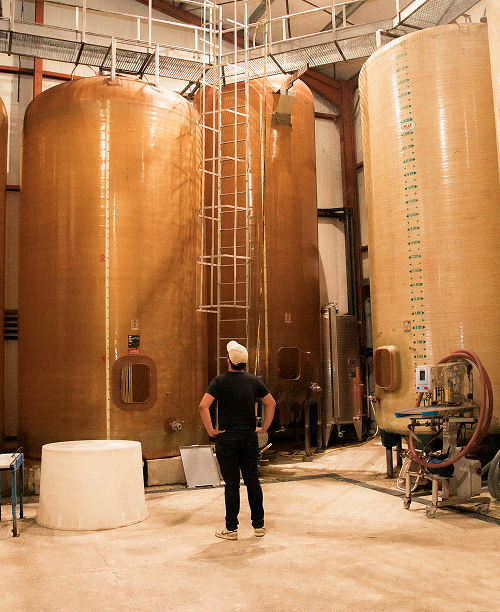
The result? Cognac is polished and consensual. Armagnac is singular, anchored, sometimes wilder—but always sincere. This is its unmistakable Gascon charm.
The Grapes of Armagnac
Several grape varieties are authorized, each bringing a distinctive voice:
Baco
The star of Bas-Armagnac, and the only hybrid authorized in a French AOC. Fruity, rich, and perfect for long aging.
Ugni Blanc
Neutral and stable, prized for its distillation potential.
Folle Blanche
The historic variety, fragile yet aromatic, producing Armagnacs of great finesse.
Colombard
Highly aromatic, floral and fruity, adding brightness to blends.
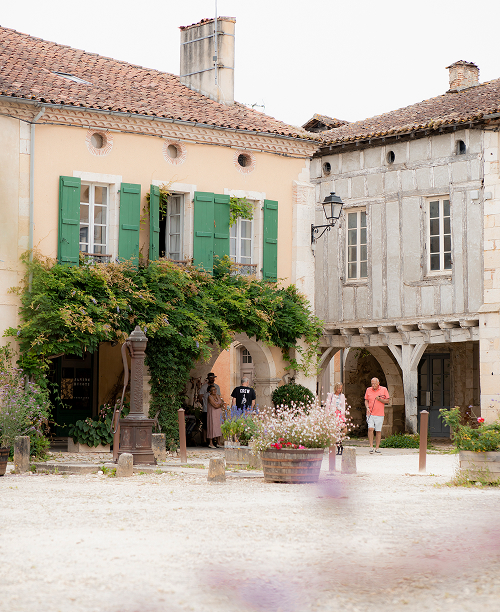
At Cloud & Clet, we focus primarily on Baco. This grape speaks with clarity of the sables fauves, offering aromatic richness, consistent quality, and exceptional aging potential. For us, Baco is an evidence—it embodies our terroir, our style, and our pursuit of excellence.
Our estate also cultivates all authorized Armagnac grape varieties, allowing us to explore diversity, refine balance, and deepen our mastery year after year, producing exceptional Armagnacs vintage after vintage.
The Craft of Armagnac
The making of Armagnac follows a meticulous process:
- Vineyard: Vines grown with respect for the soil, yielding grapes low in sugar but high in acidity.
- Vinification: Grapes pressed and fermented into dry white wines, without added sulfur.
- Distillation: Continuous, at low strength, in the Armagnacais column still.
- Aging: The spirit rests for years in French oak barrels.
- Blending or not: Some are blends of casks, others single cask, or even brut de fût (cask strength).

Understanding Age Statements: VS, VSOP, XO...
As in Cognac, age statements define the youngest Armagnac in the blend:
At Cloud & Clet, we deliberately raise the bar: our VS are aged over 3 years, our VSOP at least 6 years, and our Hors d’Âge 15 years. For us, these are the expressions where generosity, complexity, and fidelity to our vision converge.
Each age unveils a new face of Armagnac. Time sculpts its aromas like a sculptor shaping a masterpiece. Vintage bottlings, especially, allow one to taste a year, a climate, a style.

Each age reveals a different facet of Armagnac. Time shapes its aromas like a sculptor molds a unique work. Vintage Armagnacs, in particular, allow you to experience a specific year, climate, and style.
The Evolution of Armagnac with Time
Aging in oak barrels: Armagnac undergoes profound aromatic transformation. Here is a concise overview of this evolution:
- 0–4 years (Blanche, VS):
Floral (linden, acacia, violet), fresh fruit (apple, pear, grape, citrus), green herbs, lactic notes. The alcohol is lively and lifted. - 4-10 years (VSOP, young XO):
Ripe fruit (plum, mirabelle), candied fruit (apricot, quince), gentle spices (vanilla, cinnamon), toasted bread, hazelnut. Oak begins to integrate.
- 10-20 years (XO, Hors d’Âge):
Dried fruit (fig, date, prune), coffee, chocolate, blond tobacco, softened oak, deeper spice. Greater depth and complexity. - 20-40+ years (old Vintages) :
Leather, wax, truffle, black tea, cocoa, walnut, precious woods. Noble tertiary aromas, long and rare harmony.
Armagnac, an Art of Living
Armagnac is not simply a digestif: it is a way of life, a cultural signature, a Gascon treasure. In a world that moves fast, Armagnac embraces the rhythm of time. It tells the story of many terroirs, but its finest expressions often come from the sands of Bas-Armagnac.
Without proclaiming it loudly, enthusiasts know where to find the perfect balance of power and elegance. To rediscover Armagnac is not just to drink a glass—it is to connect with history, land, and craft. Sometimes, that is all it takes to awaken the spirit.
